Mapping Trees
Dear Readers,
I love trees. I love how tall and expansive they can grow. I love how their roots entangle and wrap and twist over just about whatever they gosh darn please. I love the feeling of their bark. I love the sense of humility they inspire.
Trees are good. And I want to get to know every single one of them on our property. Where they are located, what kind they are, how healthy they are, how old they are…it’s just too bad I’m so awful at it.
The first area I fail at is locating them. If I can’t locate them…I can’t protect them.
William and I want to geolocate trees on our property, and then transfer their coordinates to a site plan. More specifically, we want to locate trees that are at risk of having to be removed during our build. From our anticipated driveway to our home’s exact footprint, there are certain trees, that if possible, we want to avoid touching entirely (like this absolutely beautiful American Beech tree…and this really cool grouping of Oaks).
American Beech Tree
Oaks! Red? White? Rosé?
I of course want to save all the trees, and I’m not totally opposed to us just living in a small two-person tent on our property and letting all the trees do what they do. But then we wouldn’t necessarily be attempting to achieve the specific Living Building Challenge standards…it would just be a “Living Challenge.”
Anywho, you would think with almost every phone having GPS capabilities, it would not be too hard to geolocate specific trees and map them on a site plan. Especially when you are right next to a cell tower and have great service.
But it is. It’s hard.
I researched tree locator apps, and downloaded the most applicable one I could find: TreeSnap. The intent of the app is for users to take photos of a tree, identify it, examine its health, and then send that information to forest health research organizations. It is actually a great way to help keep track of trees that have been or are facing threats~ like the Ash tree and the invasive bug, the Emerald Ash Borer.
However, their geolocating abilities are not as accurate as we need for our individual purposes. Some trees can be 30 to 50 feet from their original location when all the information magically uploads to the app.1 So, that’s area one where I am not doing too hot at right now.
The second area where I am pretty bad at in my relationship with the trees on our land, is I honestly don’t know what kind they are.
For a while I was going around the property taking photos with the TreeSnap app of what I thought were White Oaks. I was so excited!! I was like, “Look at all of these White Oaks!” And I was measuring their diameters and estimating how high their first branches were, and sending all of this info to tree scientists.2
Turns out, they are not White Oaks. I think they are Red Oaks.
Maybe.
The bark looks too similar between the two for my inexperienced tree-lover eyes. And there were no real leaves on the trees yet to help identify.3 But! There were dead leaves that had fallen over fall and winter on the ground near the trees!
Doing a brief google search as I stood next to a Reddish Whitish Whateverish Oak tree, I learned that White Oak leaves are lobed with round edges. While Red Oak leaves are lobed with pointy edges. So, I started looking at the leaves on the ground surrounding the trees in question. A lot were pointy. So….Red Oaks?
Originally sent to scientists as “White Oak”
They are both obviously the same kind of tree. And I am sure the scientists who recieved my data know what kind of Oak they are, and think I’m a wonderfully reliable resource for saving forest health.
Then, I changed my mind after seeing pointy leaves, and labled a different tree of obviously the same kind as “Red Oak”
Or, maybe they are not Oaks at all… Maybe they are both Pine and I’m just way too tree-illiterate.
Welp, all relationships take work! Including those with trees. While I only listed two areas I fail in… I assure you that there are more.
Until next time dear readers!!
Shelby Aldrich
P.S. Not too long after writing this blog, a knowledgable friend clarified the Great Oak Conundrum. Both of the oaks are a variety of Red Oaks!
1. Or…maybe they did move!! Ents. We have Ents in the Land of the Laurels!
2. I wouldn’t really consider myself ‘helpful’ in their academic tree-saving endeavors…
3. ..so it’s not like they were helping to resolve this conflict much on their part. It takes two to tango, trees!
2 Comments
Submit a Comment
© 2020 Sustaining Tree
© 2020 Sustaining Tree

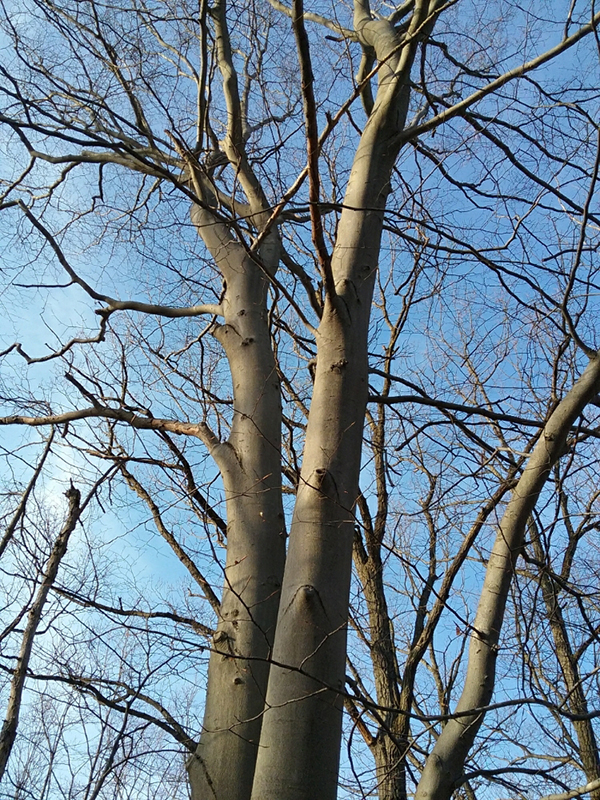
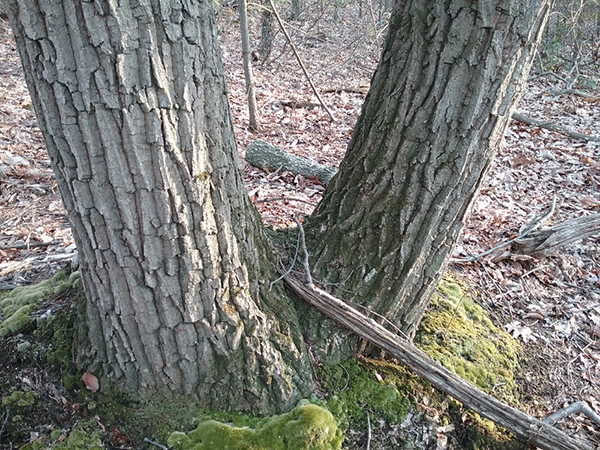
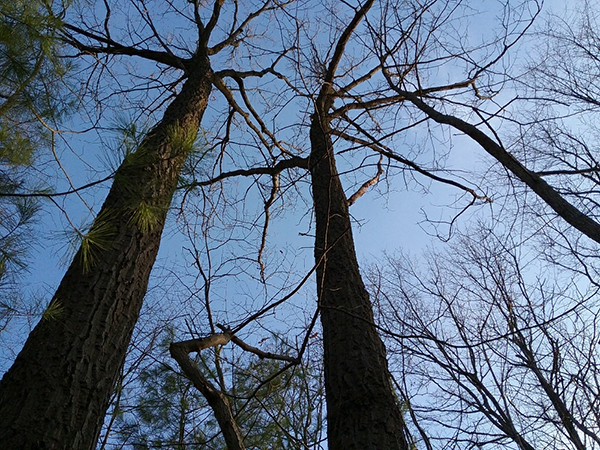
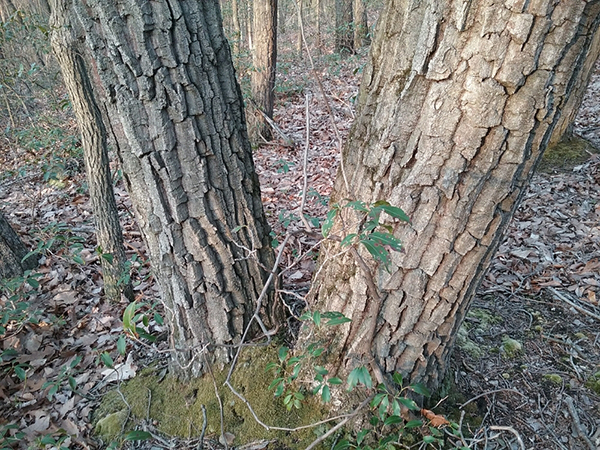
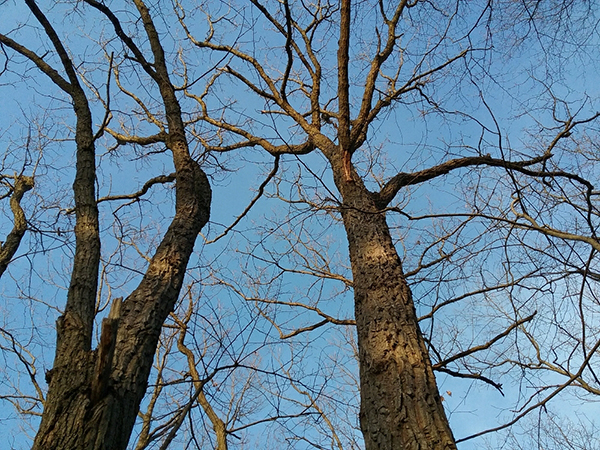
I recently learned that the pin oak is in the red oak family. The name pin oak comes from its short, tough branchlets located along the branches and limbs. Because of its tolerance for wet conditions, the tree is also known regionally as swamp oak, water oak and swamp Spanish oak.
Oh hey! That is pertty neat! It is crazy how many different varieties of oaks there are once you really start being able to tell the difference! Well, tree varieties in general! I thought for a long time that Maples were Maples, Oaks were Oaks…Pines were Pines…and I rarely took the time to think “Well, what kind of Pine? What kind of Oak? How are they different? How are they the same?” And it turns out those are important questions especially when trying to understand invasive species that pose as threats to very specific trees!